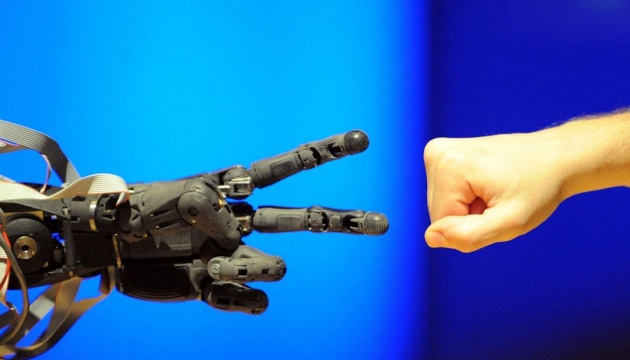On September 4, 2022, Niigata University geologist Hayato Ueda, along with pilot Chris May, embarked on a submarine journey into the heart of the Japan Trench, the epicenter of the devastating Tohoku-Oki earthquake and tsunami in 2011. When they descended to the bottom of the 7,500-meter-deep trench, they encountered a 26-meter-high nearly vertical rock on the east side of a 60-meter-high ridge.
Previous bathymetric studies from the sea surface showed that the ridge did not exist before, but appeared immediately after the megaearthquake, which was accompanied by a fault on its eastern flank. Thus he and the scientist on board concluded that the rock was a superficial manifestation of the seismic movement of the fault. The rock consisted of uncompacted soft mud. The slope below the rock was apparently occupied by numerous fragments of the same blocks of soft clay from the rock. The sharp fracture surfaces and angled edges observed on both rock and clast blocks indicate a very rapid increase in stress causing soft muds to fracture before they flow plastically, thus supporting the seismic origin of the rock.
Detailed observations
The vehicle crossed the ridge opposite the fault and accurately measured the terrain with an acoustic transponder and pressure gauge. The height and elevated volume of the ridge indicate the coseismic displacement of the fault in the Japan Trench of 80-120 m (the value depends on the assumed dip angle of the subfault).
This estimate is larger than the previously estimated fault displacement west of the trench axis (~65 m). They attribute the extreme fault displacement in the trench to local strengthening due to the irregular upper surface of the subducting Pacific plate, which changes the geometry and stability of the fault.
Geological impact and tsunami generation
The 2011 mega-earthquake occurred as a result of the rupture and slip of the plate boundary fault between the Honshu island (Okhotsk plate) and the Pacific plate in northeastern Japan. Many geodetic and geophysical studies conducted after the earthquake showed that this seismic fault probably extended into the trench. Since topographic changes resulting from the movement of near-surface faults are one of the main causes of tsunamis, it is important to know exactly what happens in the deep-sea trench during a trench-type earthquake such as the 2011 event. However, due to the great depth, no underwater vehicle (manned or remote controlled) could reach the bottom of the Japan Trench.
This study is the first to observe, visually record, and accurately measure topographic changes (including fault rock) in a trench resulting from a single trench-type megaearthquake. It was confirmed that the fault slip during the 2011 event was fully propagated to the surface and it was concluded that the slip magnitude was at least 100 m locally. These results are expected to contribute to our understanding of the occurrence and danger of tsunamis. Trench type earthquakes.













